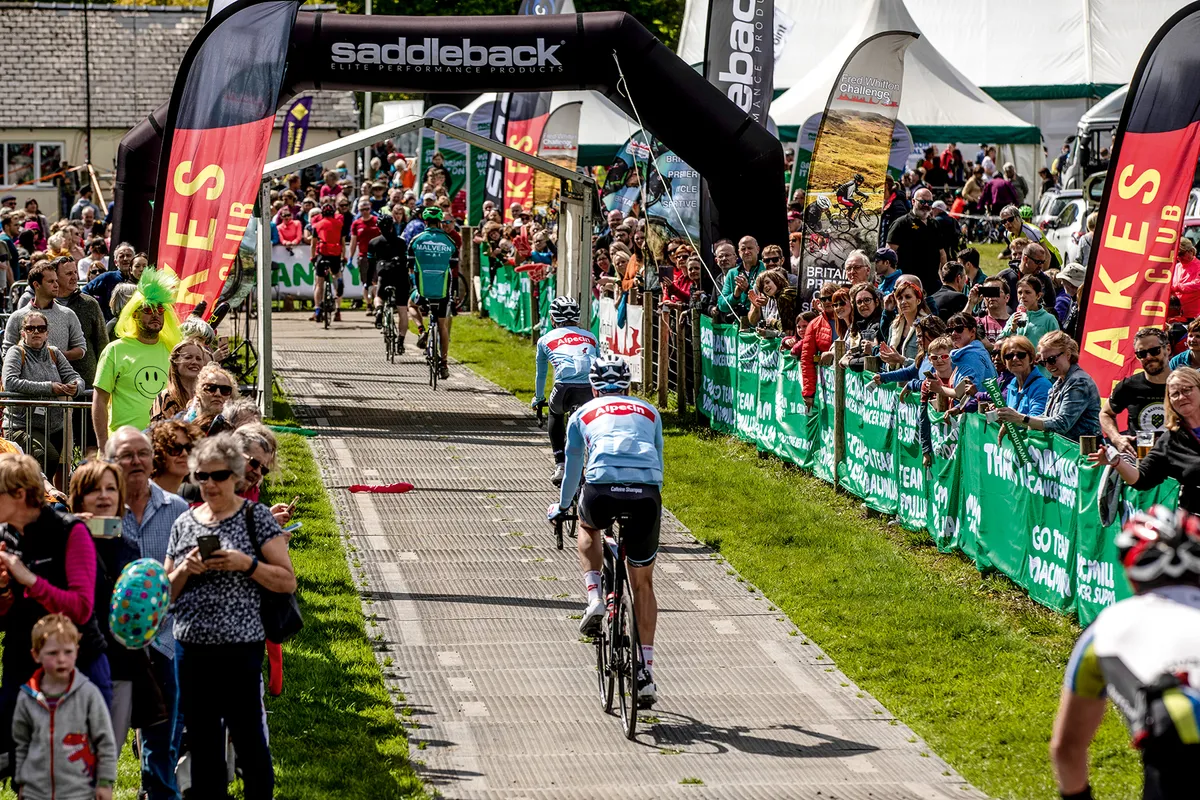There are hundreds of sportives in the UK, you could take on a different challenge event every weekend if you were so inclined. However, there are only a handful of must-ride, iconic sportives that have become a fixture in the cycling calendar.
The Fred Whitton Challenge stands out from the pack, now in its 20th year the 114 miles cover some stunning terrain, offer spectacular views around every corner and strike fear into the hearts of all but the hardest of riders.
- Part 1: Meet the Team Alpecin riders training to take on L’Etape du Tour 2019
- Part 2: Team Alpecin conquer road descents
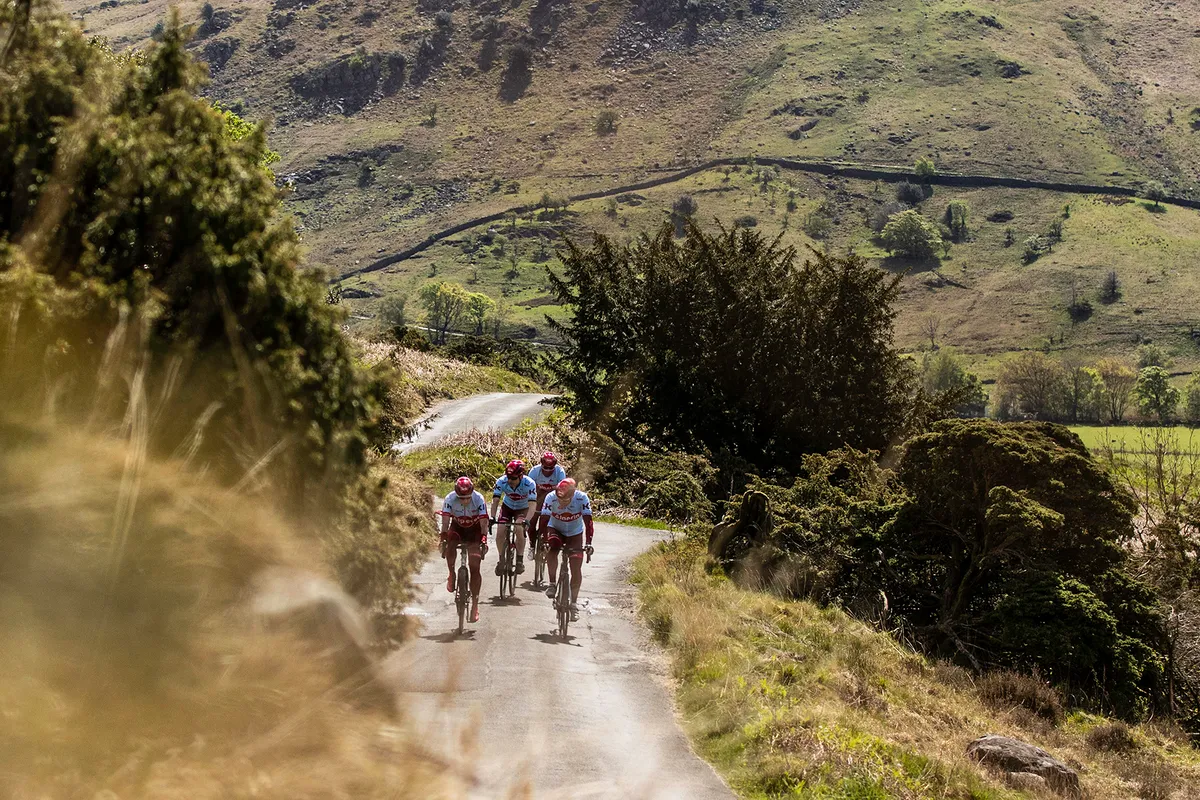
2,500 cyclists set out every year to test themselves against the course. The fastest will be back in just under six hours, but it’s not uncommon to record 10 plus hours. Luckily for this year’s event the weather was fair, adding rain into the mix would bring another level of suffering.
The Team Alpecin riders were all Fred-newbies. For Marie-Louise Kertzman the 114 miles distance would be her longest ride and for Michael Rammell the 3,700m of climbing would be an elevation PB.
Any endurance event can be daunting. With the main climbs taking the limelight it can be easy to neglect nutrition and pacing. And let’s not forget, with an elevation gain comes descending, in the case of the Fred Whitton the descents demand 100 percent concentration.
Leading up to the event the nerves and doubts steadily built, weather forecasts were being checked every few hours, praying for dry roads. Ride reports from previous years, social media tips and advice were consumed, looking for any encouragement possible. Nerves were palpable and all the talk was focused on the ride.
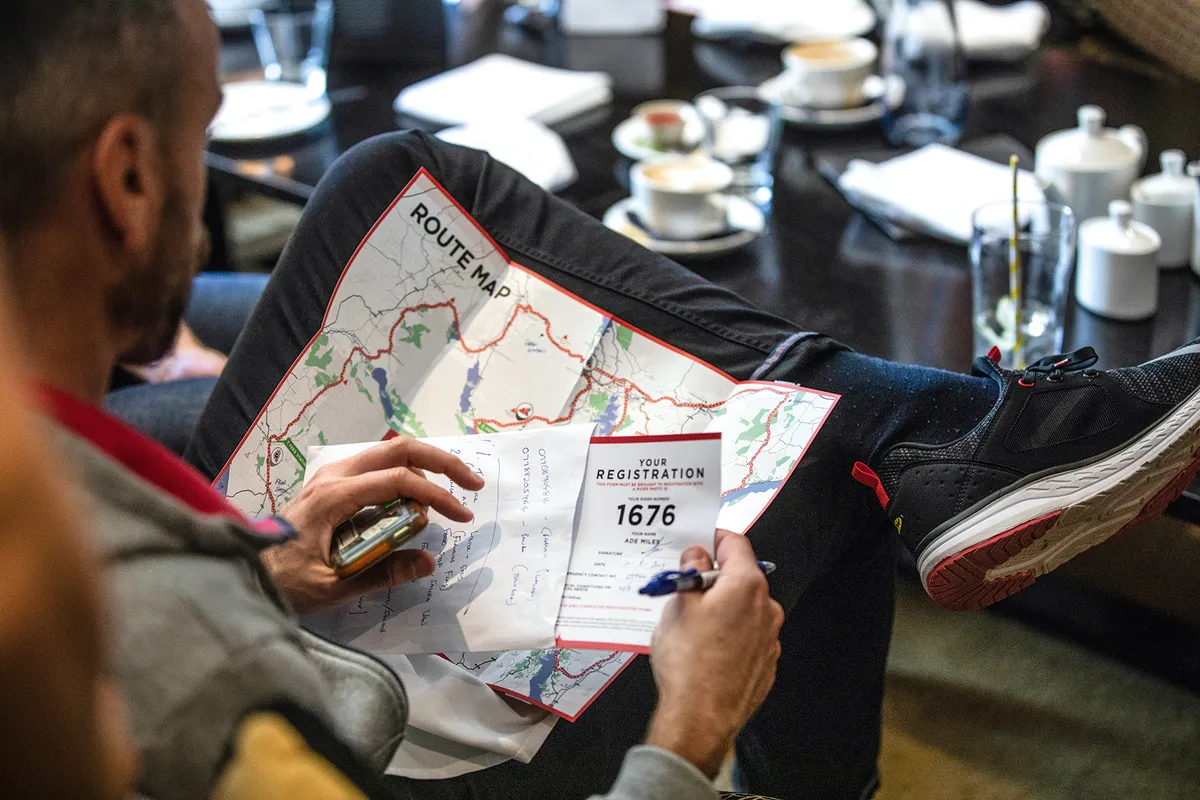
Fears, doubts and planning
“In the week before I felt nervous but excited about the event,” says Nick Mayer, “but as the weekend arrived I started to become more nervous and I began to doubt my own abilities.
"I think as a team we spent so much time talking about how hard it looked and I was reading things on social media platforms that only seemed to hype up the difficulty even more. I think that is what the Fred Whitton Challenge does to people — it’s such a notorious ride in the cycling scene, known for being the hardest in the UK; it casts doubt in people’s minds.”
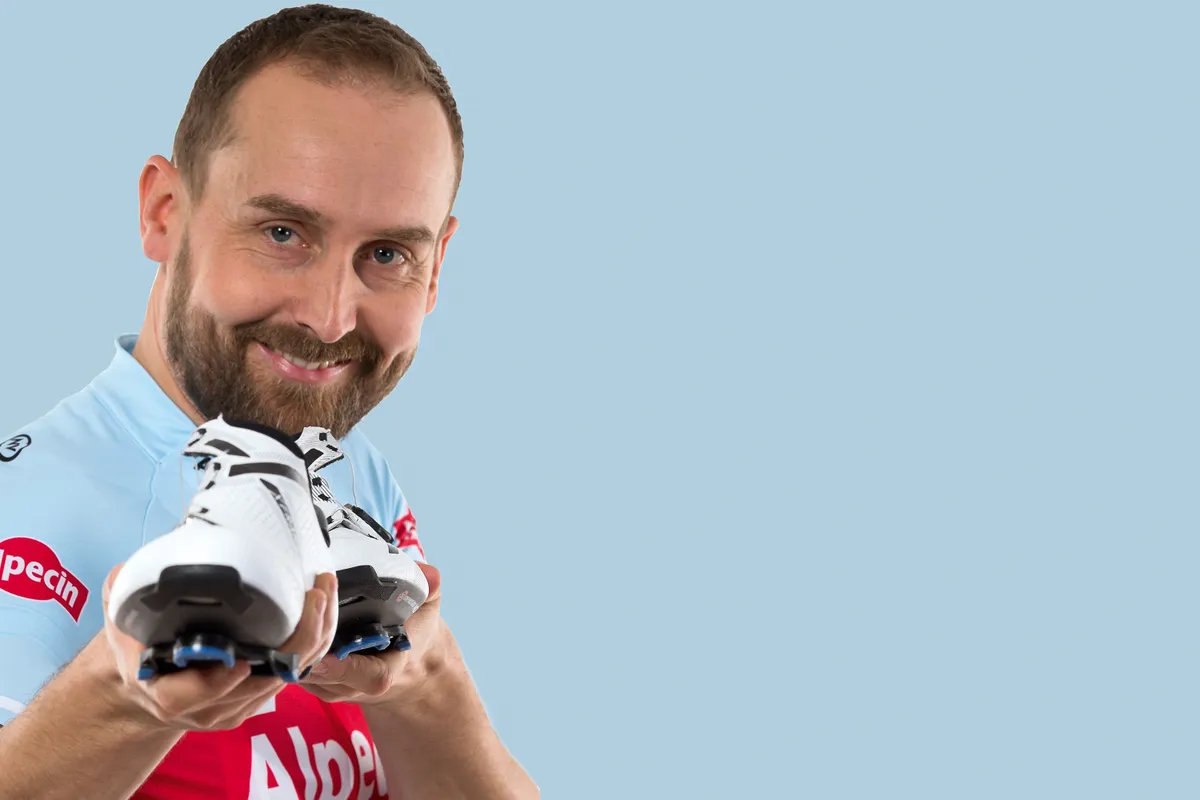
How each rider deals with fear or self-doubt is unique, telling a teammate not to worry are just hollow words. The only way to really conquer fear is to grab your bike and get stuck in.
So, after registering on the Saturday the team stretched their legs with a 40km ride around Grasmere, guided by a couple of riders from Kendal CC with the aim of getting some local knowledge and boosting the confidence.
The route took in the final climb of the Fred Whitton, Blea Tarn, which serves up stunning views that will signal the end of the climbing on Sunday. However, the road signs warning of 30 percent plus sent shivers down the spine.
“After the ride we sat down as a team and went through the route together, discussing different climbs, descents and areas where we could recover,” says Nick. “Having the local knowledge was absolutely invaluable.”
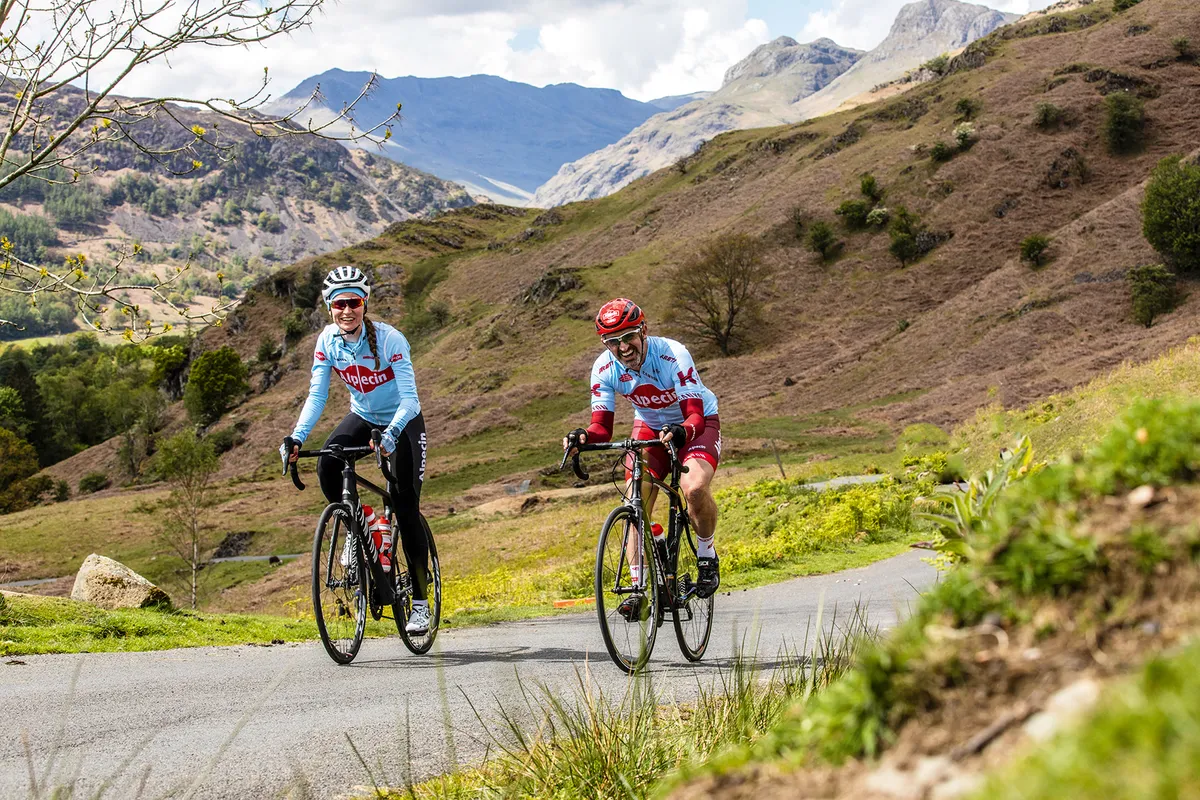
Up and up
It’s difficult to talk about nerves without mentioning Hardknott and Wrynose. The double header climb is the blockbuster conclusion to the ride. Steep, narrow, bumpy and full of other riders.
The combination is the stuff of nightmares especially after 98 miles and numerous ascents. Talking to the local riders, they were very keen to highlight how dangerous the descents are and how much respect you need to show every section.
It’s easy to get fixated with Hardknott. You see countless images of riders straining every sinew to crawl up the toughest sections. However, there is more to the Fred Whitton than the final climb.
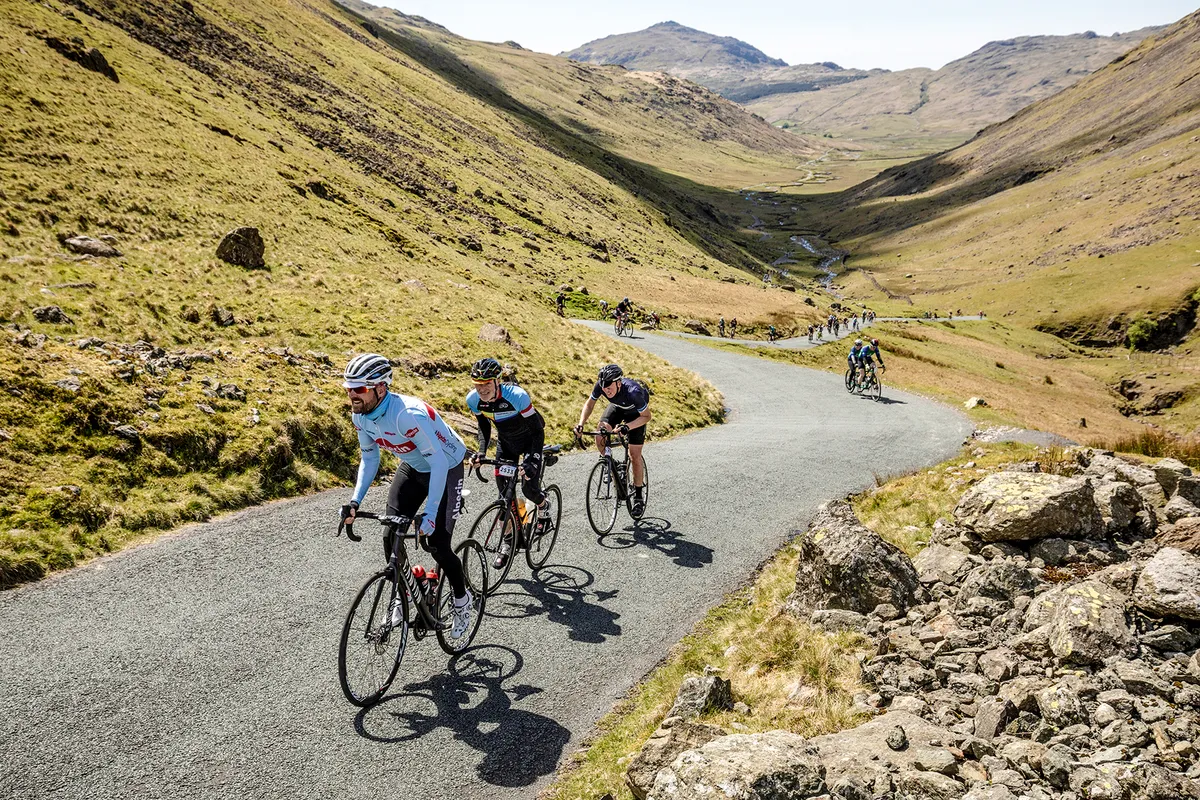
In total, riders tackle 3,700 meters of climbing, which is a big day out by anyone’s standards. When you realise the most height gained in one climb is just 298m it gives you an indication of just how many peaks you have to scale.
The climbs are very similar in character: relatively short, very steep and narrow with a consistent, awe-inspiring backdrop. The difficulty level is taken to 11 when you add in hundreds of other riders sharing the small roads, everyone in their own private battle to get to the top. The differing speeds and styles can offer a new challenge at any moment. Your concentration needs to be sky high, ratcheting up the fatigue.
Training for the event saw the team heading to any local hill to get some muscle memory in the legs. However, finding hills with similar gradients is much easier said than done...

“I made sure to tackle as many hard climbs as possible during training,” says Marie-Louise, “luckily, there are plenty to choose from near Bath and I felt I was ready for most of the climbs come race day. Well, except for Hardknott. There’s no preparing for Hardknott. I definitely feared that one!”
Busy climbs
Another of the toughest climbs on the route is Honister with early ramps hitting 25 percent plus, the fact that the climb comes relativity early in the ride means a swarm of riders will keep you company.
“I didn’t like the climb up Honister as there were simply too many people on such a narrow road and I couldn’t get into my own rhythm.” Nick reports. “I wasn’t worried about my ability to get up the climb but more concerned with the people around me.
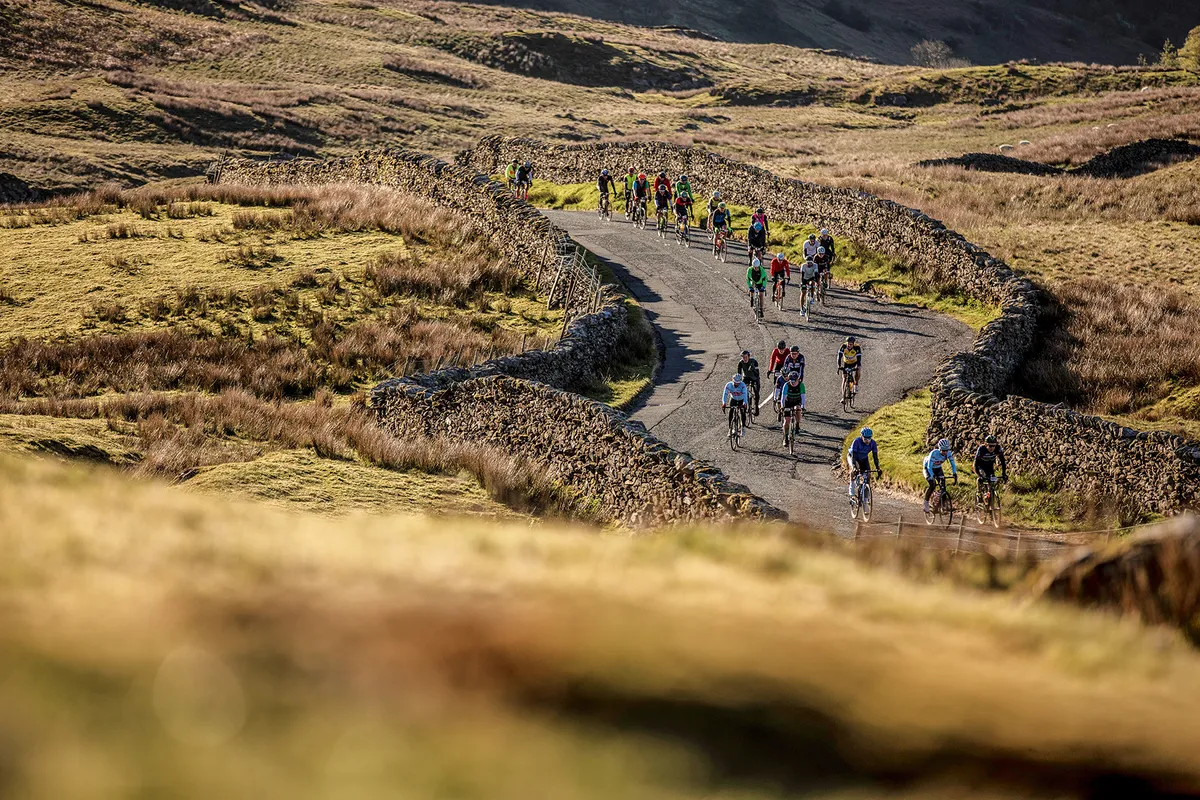
"There was a lady in front of me, and she was out of the saddle, pushing hard but she seemed to be going backwards, I could see my front wheel getting closer and closer to her back wheel. A gap opened and I had to put in more effort than I would have liked so early in the ride, but I needed to get past for my own safety!”
In total there are 10 named climbs on the route, they tend to merge into one another with only the most savage or scenic standing out. However, the cumulative effect of that number of short steep climbs really take its toll and pacing and nutrition are key to surviving the ascents and finishing strongly.
Fuel for the ride
“One thing I’ve struggled with is pacing on long climbs, but the issue with pacing wasn’t just restricted to long climbs – rather efforts in general,” says Michael.
“I always get giddy and excited and start too fast, which usually leaves me empty with too much of the ride to go. I recognised after around 50 miles or so that I had probably worked too hard up to that point and had fallen foul, once again, of my own lack of pacing discipline.”
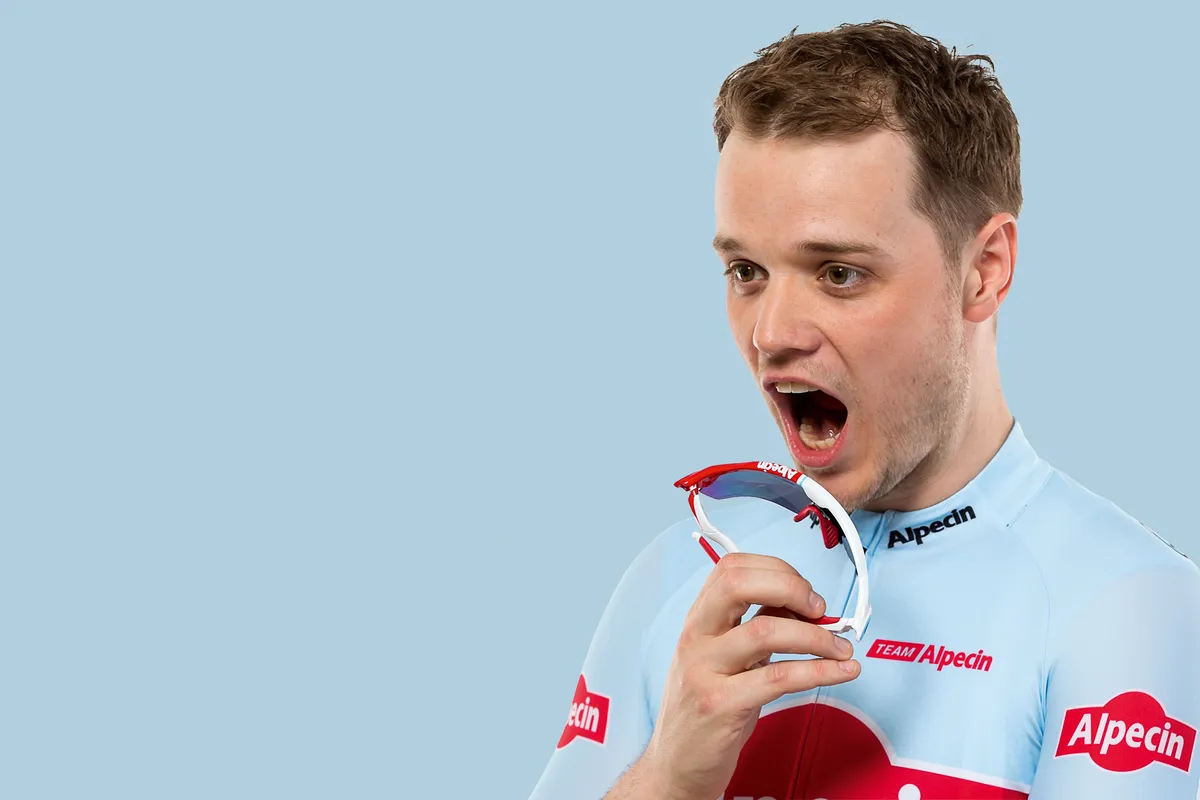
The team had decided to ride as a group as much as possible, there are sections of the route, such as the A66 drag, where riding in the wheels will save energy. On the climbs everyone was free to ride at their pace but would re-group as soon as possible on the flat sections.
A target time of eight hours seemed realistic and achievable with an average pace of 14mph: well within the riders’ capabilities. Kendal CC had advised against using the official feed stops, the first comes at 50 miles into the ride and is positioned just before the testing climb of Newlands Pass.
A target time of eight hours seemed realistic, with an average pace of 14mph
Climbing with cold legs and a full belly isn’t a great combination; also 50 miles into the ride would run the risk of under fuelling. The team decided to go for three stops at 30, 60 and 100 miles.
A military operation on the Saturday had prepared three boxes of bottles, bagels, jelly babies and various snacks. These were divvied out to kind volunteers to be distributed on race day. This allowed for constant fluid and food intake from the start, with Marie-Louise giving reminders to keep eating.
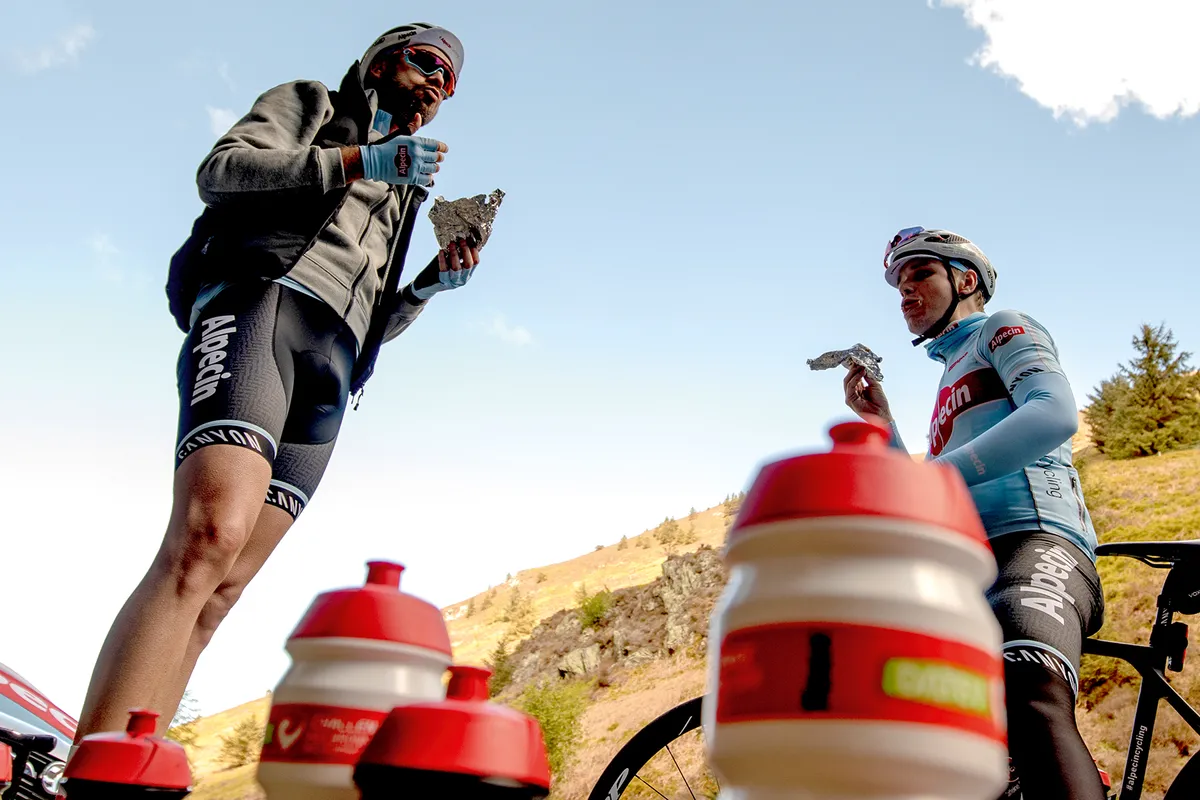
The benefits of good fuelling were felt at the end of the route. After the last few climbs there were a few gaps between the team but all the riders finished strongly setting a good pace on the flat sections back into Grasmere.
“I ate religiously during this ride, right from the start, even when I really didn’t want to,” says Marie-Louise. “It was harder than I imagined, but it seriously paid off. I didn’t bonk and I had as much power in the final hour as I did in the first, which astonished me.”
A downward spiral
Needless to say, with short steep climbs come short steep descents. It’s rare to climb hills over 30 percent unless, of course, you are a true sadist, even the local riders told us they don’t tackle Hardknott on a regular basis.
However, tackling descents over 30 percent was a totally new experience for the team. Steep and twisty with a bumpy road surface made for a true test of brake pads and arm muscles. Normally, the descent is the time to get some rest and power back in the legs. In the Lakes that really isn’t the case and the organisers and marshalls are exceptionally keen to highlight the myriad dangers that are lurking around every corner – cattle grids, pot holes, off-camber turns. The Fred Whitton route has it all and is a true test of endurance and bike handling.
Because the descents got steeper and gnarlier as the ride went on, I can’t say I got more confident as time went on that day
Over the 20 years since the inaugural Fred Whitton Challenge took place there have been many wet and soggy race days. How anyone manages to complete the descents from Honister, Hardknott and Wrynose in one piece is truly astounding. Tales of riders having to slide down on their bums make perfect sense. Certainly, walking down these hills in cleats would be totally horrendous.
“Because the descents got steeper and gnarlier as the ride went on, I can’t say I got more confident as time went on that day,” says Marie-Louise. “However, now having completed the Fred Whitton Challenge, I feel much more confident in my ability to cope with the busiest and steepest descent.”
A sting in the tail
As mentioned earlier, the Fred Whitton Challenge finishes with the double-header of Hardknott and Wrynose. The whole route demands respect but the most feared and highly anticipated section comes at 98 miles.
A line of riders snaking up the pass highlights what lies ahead, an average gradient of 13 percent doesn’t fool anyone, this climb is a beast and the early ramps of 25 percent sap the energy.
If you make it past the first set of corners the gradient eases for a while before you are soon climbing sections well over 30 percent.
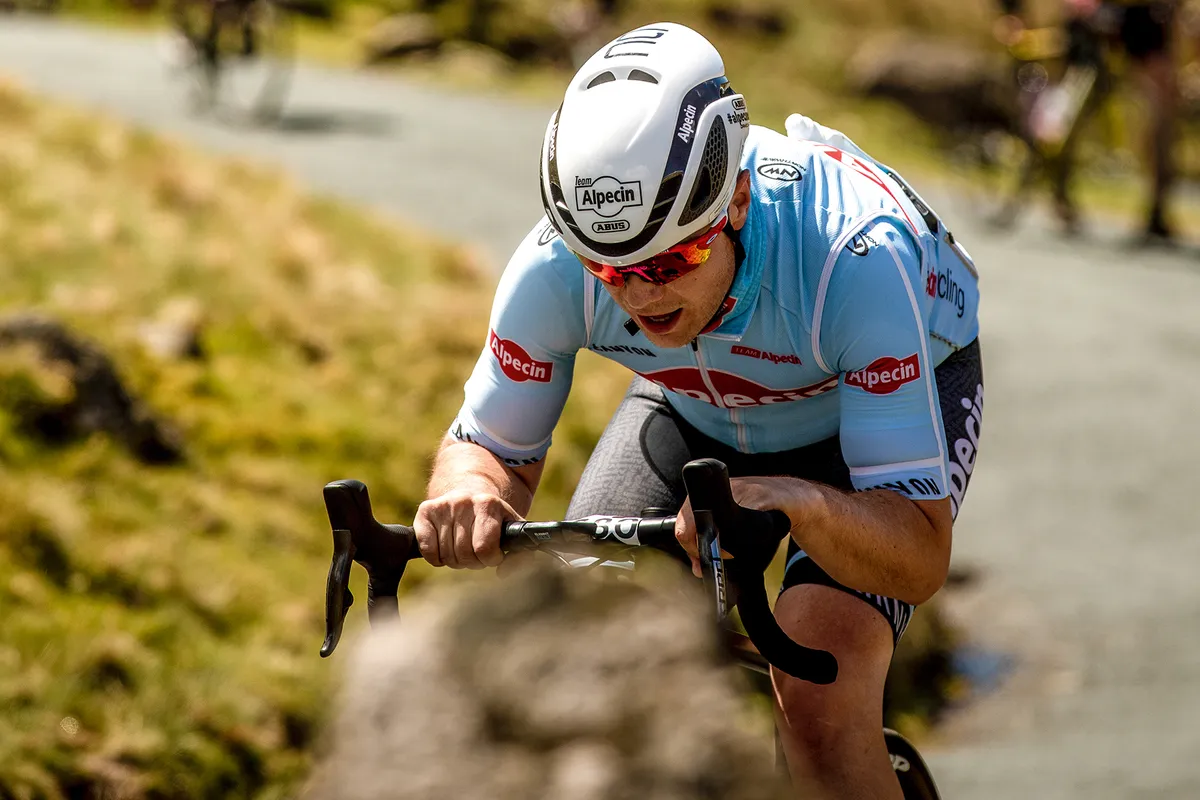
“The sheer gradient forced me to adopt a strange position on the bike,” remembers Michael, “trying to stop the front wheel leaving the road but as others will attest; you do whatever works for you to get to the top.”
“There was no settling into a rhythm or routine, it was just simply a case of dragging myself up whichever way I could and it certainly wasn’t pretty!” contemplates Nick. “I got to one hairpin and I thought, ‘That’s it, I can’t do anymore, just get off and walk’ but then heard someone shout, ‘Come on, this is the last hard part’, which gave me such a fantastic boost of confidence that I dug deep and continued.”
Once over Hardknott, the challenge is not over as Wrynose awaits the weary riders. This is the easier side of the Wrynose climb and compared to what has just passed it is something of a respite. However, there is little time to recover and your legs certainly won’t thank you for another ascent.
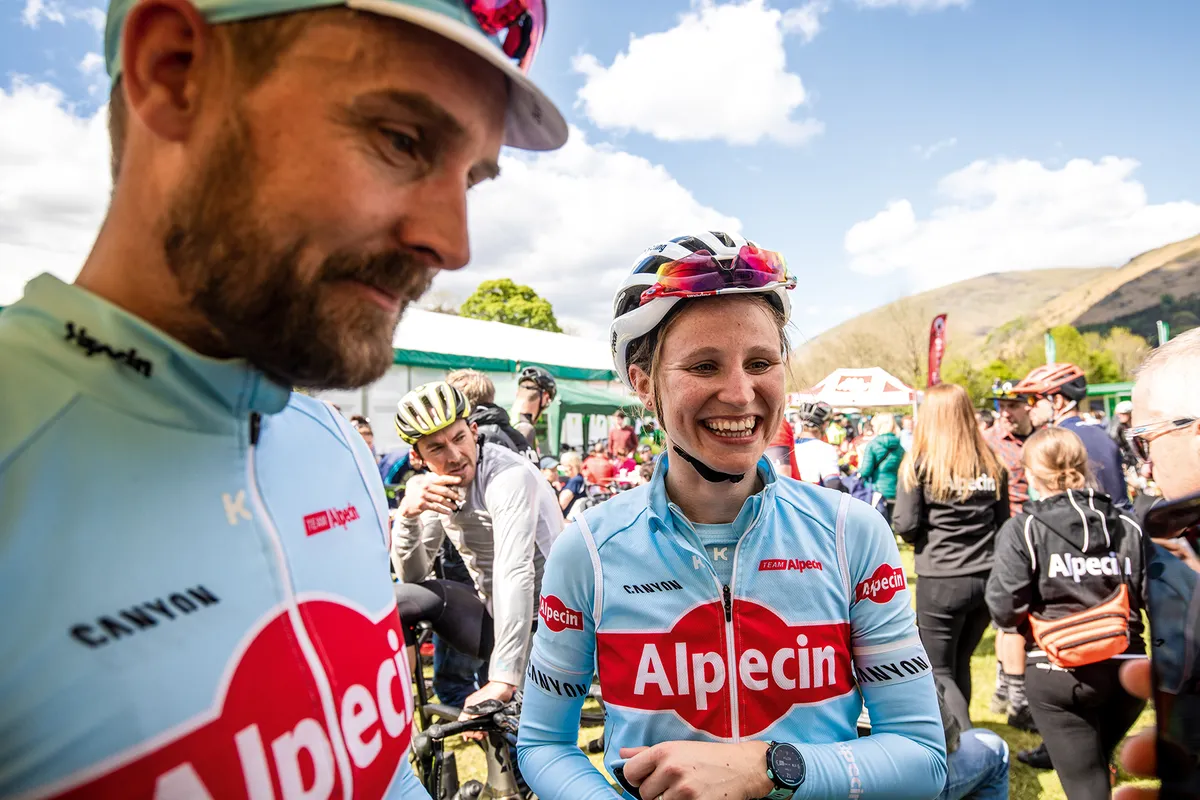
The Fred Whitton Challenge is a special event, the atmosphere at the start/finish in Grasmere is relaxed and friendly with a very down-to-earth feel. No hype or over-the-top theatrics are needed.
The location and route speak for themselves. The locals have taken the event to their hearts with shouts of encouragement and support from 6am until the last riders are finished some 11 hours later. Cheering crowds on the climbs, supportive marshals at every turn and even car drivers waving in support. It is going to take something very special to top that as a weekend of cycling.
